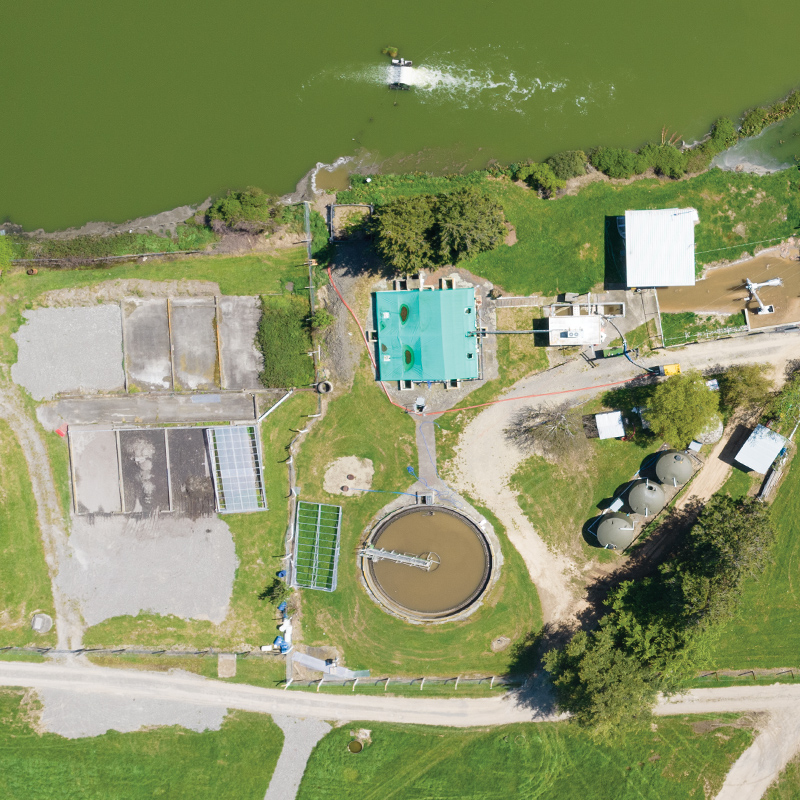ej-landz | /ɛdʒ lændz/

Around the turn of the millennium, writer and environmentalist Marion Shoard coined the term edgelands to describe the transitional zone between town and country. Often scrappy and fragmented, this marginal landscape has been disparaged as drosscape, dumpspace, crapola, and bastard countryside.
Edgelands are neither leafy suburbia nor rural idyll. They are peripheral in every sense – where the necessary but unlovely aspects of urbanity such as industrial estates, sewage plants, and landfills are kept largely out of sight. The often fly-tipped greenspaces around these utilities tend to be ragged and unkempt – a disorganised mishmash of abandoned buildings, obsolete infrastructure, poorly fenced paddocks, and dubious waterways.
However, for some people, the edgelands represent opportunity – cheap land to graze a horse or park a trailer. For children, the wrecked cars, dumped appliances and derelict buildings are an edgy playground – refreshingly uncurated and rich in illicit temptation. Nature has no aesthetic reservations, and here things furry and floral take every opportunity to proliferate. The overlooked and anonymous in-between spaces are often a riot of wildflowers and a haven for wildlife.
For some, these unvarnished outskirts offer inspiration – wilder than the town and more interesting than the countryside proper, they act as a kind of an antidote to conventional concepts of beauty. For others, the feral decrepitude and sense of transience provoke pathos – a shifting borderland where the past is relentlessly being overwhelmed by the sprawling present.
Introduction Aeolian Alpenglow Apricity Asperous
Benthos Crepuscular Crispate Crown shyness
Desire lines Dreich Endragoned Edgelands
Frondescence Fumarole Gluggaveður Gossamer
Karst Komorebi Lawrence Long acre
Machair Monkey’s wedding Moonglade
Psithurism Quartz Rakuyou Roaring forties
Snag Soft estate Specular, diffuse and pellucid
Spoondrift Steam fog Swash zone Sylvan